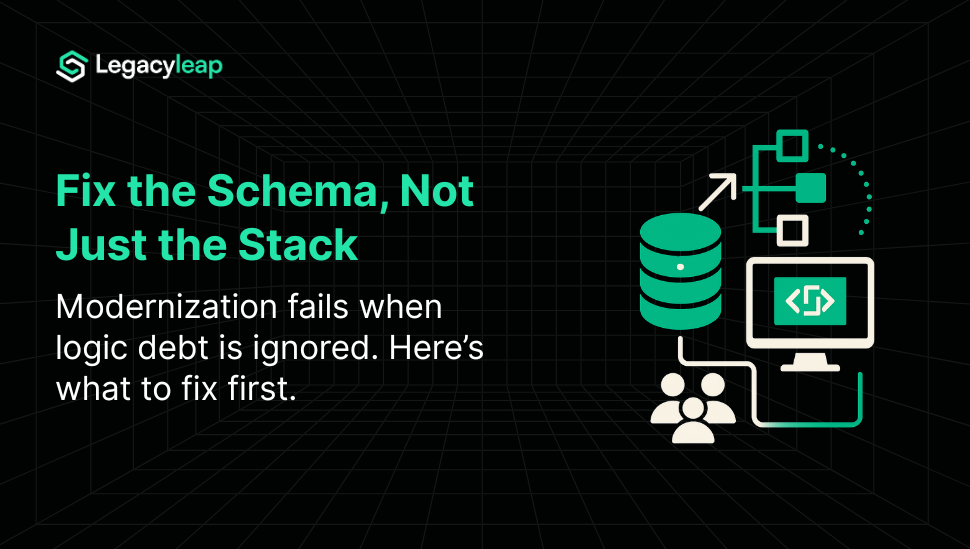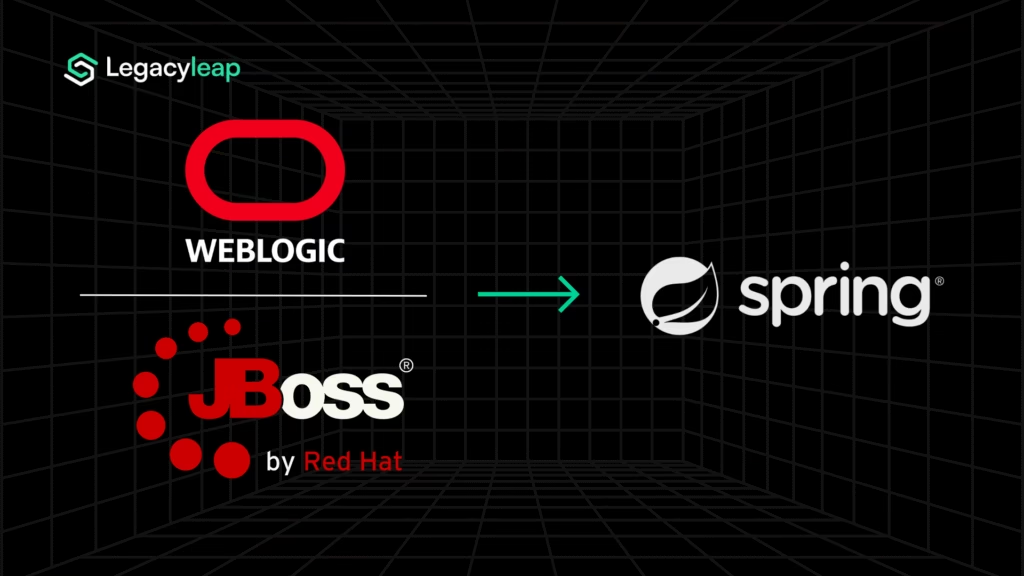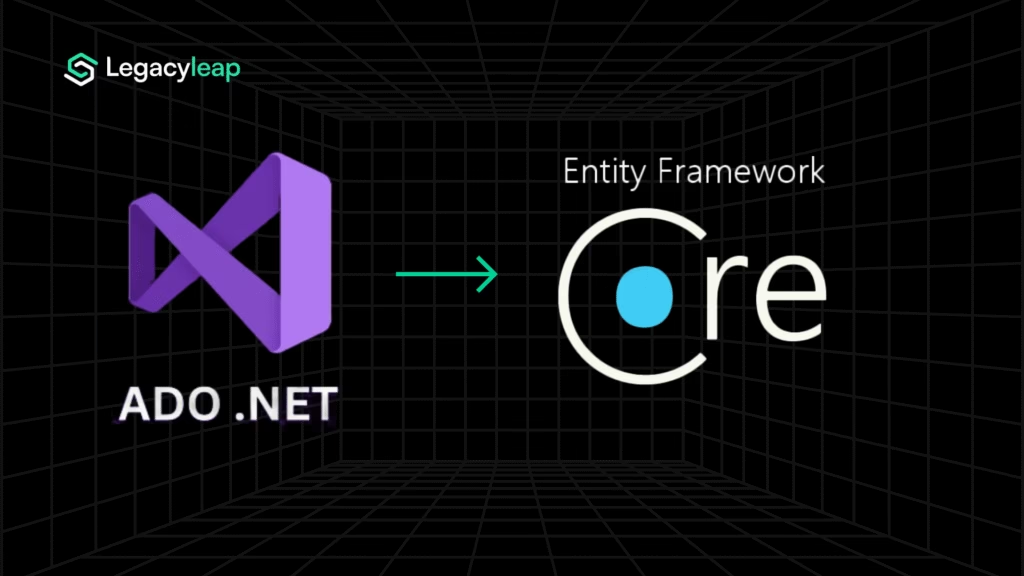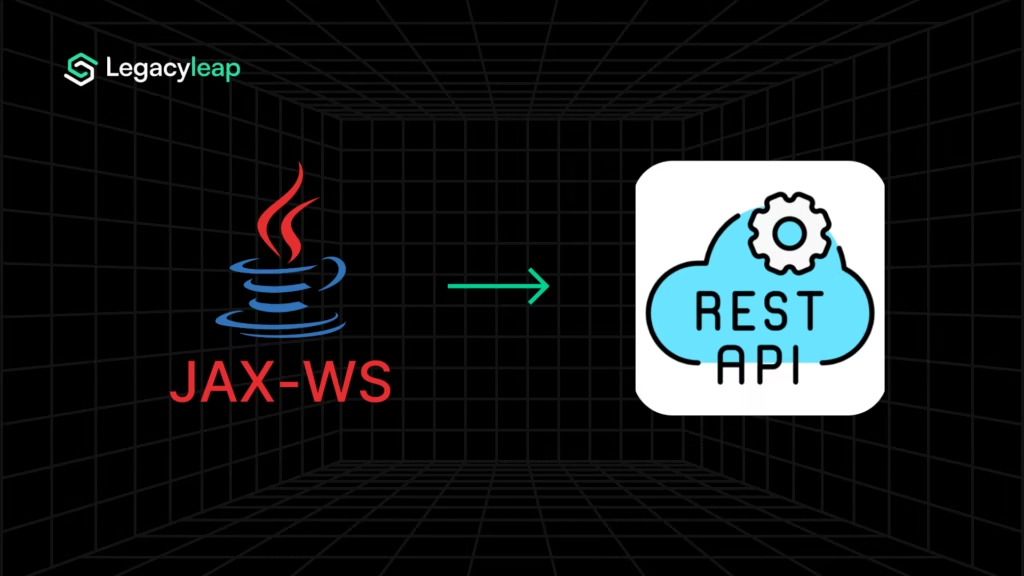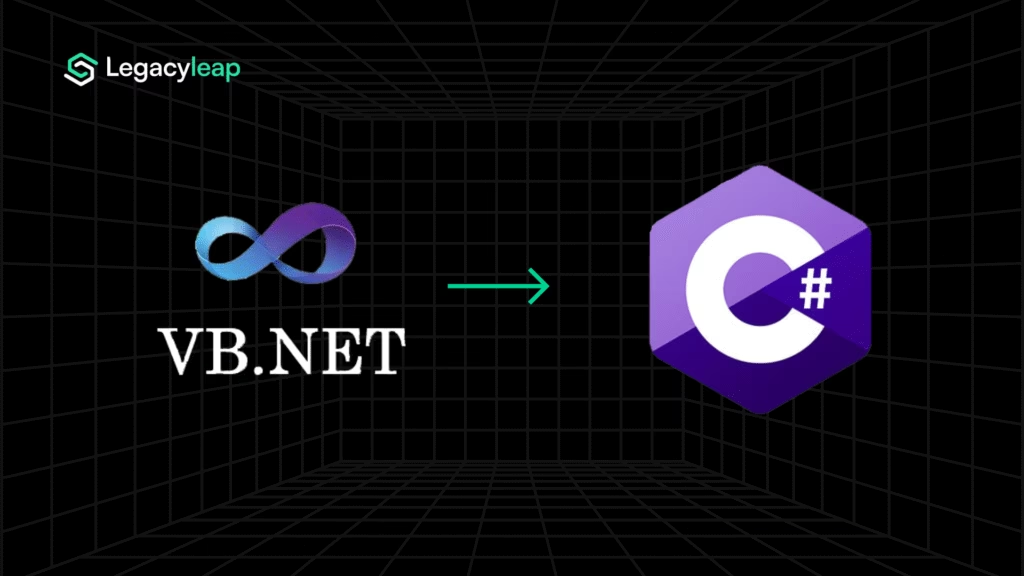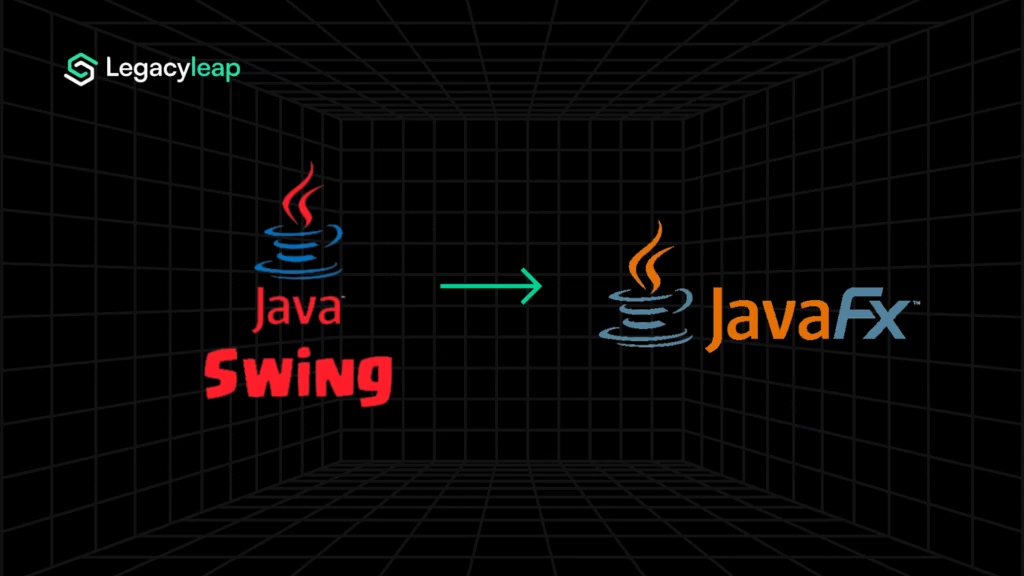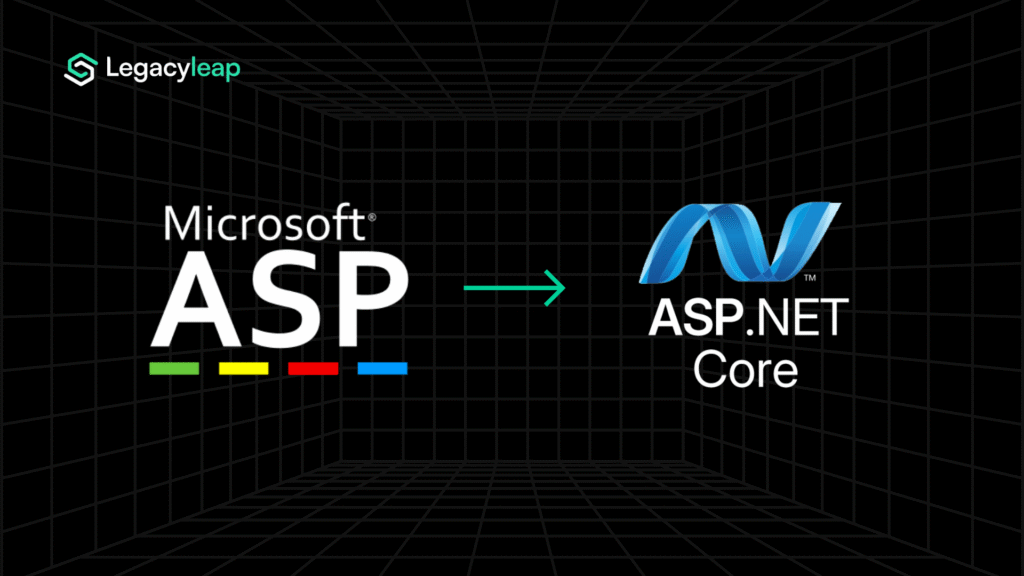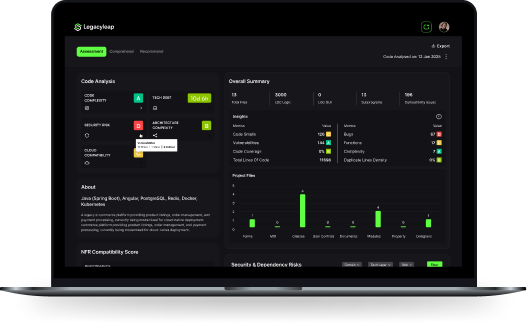Intro: Why Warehouses Stall Long Before They Break
Most legacy data warehouses are still running. But the teams around them are stuck.
Analytics teams waste hours reconciling reports. Product teams work around bad data. Business logic is buried in SQL scripts that no one owns. And the moment a downstream system gets modernized, the warehouse becomes the blocker.
Yet in most modernization efforts, the data warehouse is skipped. Infrastructure gets replatformed. Applications get rewritten. But the data warehouse and everything wired into it stay frozen.
That’s the trap, and that’s what makes data warehouse modernization different. It’s not about speed or scale. It’s about making logic visible, untangling what’s already there, and giving downstream systems a foundation they can rely on.
This blog covers how to modernize the warehouse layer strategically: what to fix, what to ignore, and how to do it without slowing everything else down. So with that out of the way, let’s get into it!
Where the Real Data Debt Lives
Most teams think of data warehouse debt as a tooling problem — old ETL jobs, slow queries, or on-prem infra. But the real blockers are structural.
The warehouse holds logic that was never meant to scale. And over time, that logic gets scattered across layers no one controls:
- Massive, unused tables no one wants to delete
- Joins built for one report, now used by twenty
- Business rules split between SQL scripts, BI dashboards, and app code
- Shadow pipelines created to work around broken models
This is where the risk lives, not in the compute engine, but in how data is shaped and reused across the organization.
It’s why warehouse migrations stall. It’s why analytics teams can’t move fast. And it’s why every downstream system eventually builds its own workaround.
Until this layer is made visible and intentional, modernization elsewhere stays fragile.
For more on Data Debt, here’s a resource for you to check out: How To Address & Manage Data Debt in Legacy Systems.
Why “Just Move It to Snowflake” Doesn’t Work
Cloud data warehouse migration solves for scalability and performance, but not for clarity.
Most legacy warehouses contain:
- Tables no one uses
- Views built on deprecated joins
- Business rules embedded in downstream reports
- Pipelines with unclear ownership or purpose
Lifting this structure into Snowflake or BigQuery preserves the same risks, just at a higher cost per query.
If you haven’t mapped usage patterns, surfaced business logic, or eliminated redundant transformations, migration won’t simplify your stack. It’ll replicate the exact same complexity in a new environment.
Modernization isn’t just about where your data lives. It’s about what your teams can do with it.
What Modernization at the Data Layer Should Actually Look Like
Data warehouse modernization isn’t about rewriting everything. It’s about sequencing the right changes and doing just enough to unblock the next stage of delivery.
Here’s where to start:
1. Gain visibility before you plan change
- Which tables are queried regularly?
- Which dashboards rely on which transformations?
- Where is business logic implemented and duplicated?
This reveals what’s safe to retire, what needs to be protected, and what should never have been there in the first place.
2. Isolate zones of change
- Can you modernize reporting surfaces first, via semantic layers or APIs?
- Can you evolve the schema in parallel, without breaking dependent services?
- Treat stability and decoupling as preconditions for change, not byproducts.
3. Build a modernization flywheel
- Audit usage and logic locations
- De-risk changes with lineage and impact mapping
- Modernize one slice (a view, a report, a domain)
- Validate output before extending
- Repeat with greater confidence and reuse
The goal isn’t a clean slate but a system you can keep evolving without fear of breaking everything else.
What To Watch For If You’re Running App Modernization Without Touching the DWH
Modernizing applications while leaving the data warehouse unchanged creates silent dependencies that show up too late.
Here’s what to watch for:
- Logic duplication: App teams re-implement rules from SQL scripts or dashboards because the data layer isn’t reliable or accessible.
- Integration friction: Microservices are forced to consume legacy schemas through brittle API wrappers, increasing coupling instead of reducing it.
- Broken feedback loops: Stale or delayed reporting causes ops and product teams to work with outdated views of the system.
- Replatforming blockers: Unclear data dependencies delay environment shifts, especially when the warehouse still powers multiple systems.
None of these show up in sprint plans. But they slow every part of delivery, forcing teams to work around the data layer instead of with it.
If the warehouse isn’t part of your modernization scope, it will become part of your tech debt.
For more on tech debt, check out this article: How to Identify and Address Technical Debt in Legacy Applications.
Conclusion: Don’t Let Schema Debt Sink Your Modernization
You don’t need to rebuild your data warehouse. But you do need to understand what’s in it and what it’s holding back.
If business logic lives in undocumented SQL, and dashboards depend on transformations no one owns, no amount of replatforming or app refactoring will move the needle.
Modernization that skips the data layer creates new systems on old assumptions. Fix the schema. Rethink the structure. Make change safe before you make it fast.
At Legacyleap, our focus is application code modernization, but we know the data layer can’t be ignored.
That’s why we surface schema dependencies, highlight cross-system logic, and provide visibility into how legacy applications interact with warehouse structures.
We don’t modernize your data warehouse, but we help you modernize everything around it without breaking it.
Want to see how that looks against your real systems? Ask us about our $0 modernization assessment.

